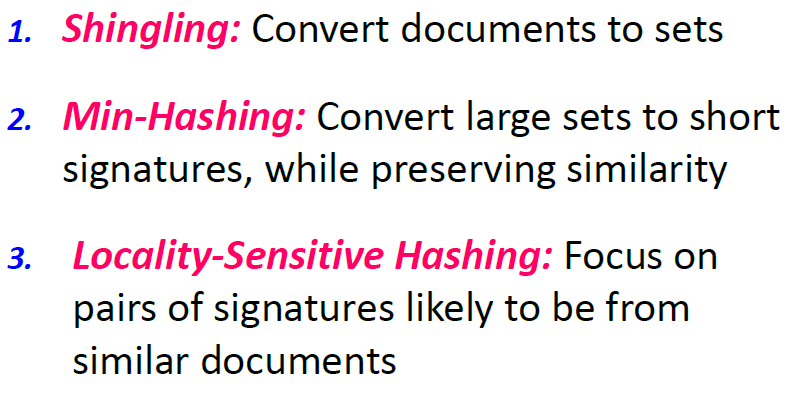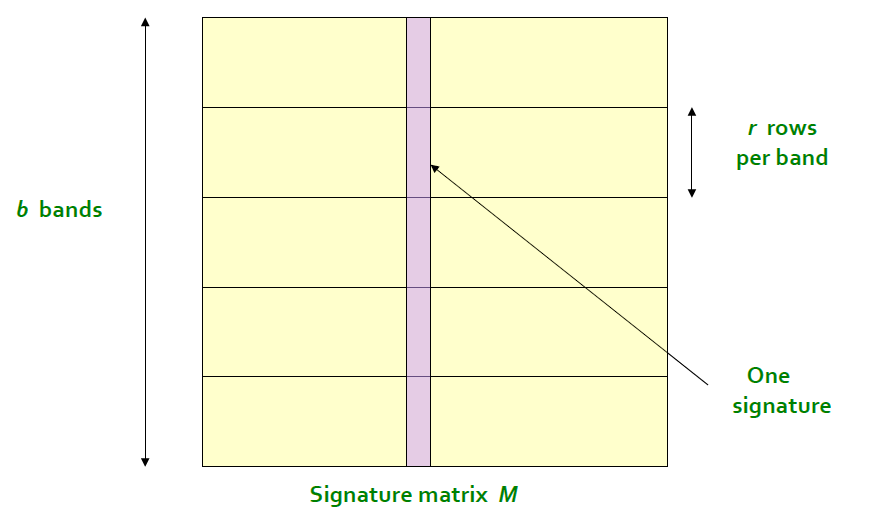strategy designpattern
|
|
|
|
|
|
c++
观察者模式定义了对象之间的一对多依赖,这样一来,当一个对象改变状态时,它的所有依赖者都会收到通知并自动更新。
|
|
chmod [options] mode files
只能文件属主或特权用户才能使用该功能来改变文件存取模式。mode可以是数字形式或以who opcode permission形式表示。who是可选的,默认是a(所有用户)。只能选择一个opcode(操作码)。可指定多个mode,以逗号分开。
options:
-c,—changes
只输出被改变文件的信息
-f,—silent,—quiet
当chmod不能改变文件模式时,不通知文件的用户
—help
输出帮助信息。
-R,—recursive
可递归遍历子目录,把修改应到目录下所有文件和子目录
—reference=filename
参照filename的权限来设置权限
-v,—verbose
无论修改是否成功,输出每个文件的信息
—version
输出版本信息。
who
u
用户
g
组
o
其它
a
所有用户(默认)
opcode
+
增加权限
-
删除权限
=
重新分配权限
permission
r
读
w
写
x
执行
s
设置用户(或组)的ID号
t
设置粘着位(sticky bit),防止文件或目录被非属主删除
u
用户的当前权限
g
组的当前权限
o
其他用户的当前权限
作为选择,我们多数用三位八进制数字的形式来表示权限,第一位指定属主的权限,第二位指定组权限,第三位指定其他用户的权限,每位通过4(读)、2(写)、1(执行)三种数值的和来确定权限。如6(4+2)代表有读写权,7(4+2+1)有读、写和执行的权限。
还可设置第四位,它位于三位权限序列的前面,第四位数字取值是4,2,1,代表意思如下:
4,执行时设置用户ID,用于授权给基于文件属主的进程,而不是给创建此进程的用户。
2,执行时设置用户组ID,用于授权给基于文件所在组的进程,而不是基于创建此进程的用户。
1,设置粘着位。
实例:
$ chmod u+x file 给file的属主增加执行权限
$ chmod 751 file 给file的属主分配读、写、执行(7)的权限,给file的所在组分配读、执行(5)的权限,给其他用户分配执行(1)的权限
$ chmod u=rwx,g=rx,o=x file 上例的另一种形式
$ chmod =r file 为所有用户分配读权限
$ chmod 444 file 同上例
$ chmod a-wx,a+r file 同上例
$ chmod -R u+r directory 递归地给directory目录下所有文件和子目录的属主分配读的权限
$ chmod 4755 设置用ID,给属主分配读、写和执行权限,给组和其他用户分配读、执行的权限。
Finding Similar Items


Convert large sets to short signatures, while preserving similarity.
General idea: Use a function f(x,y) that tells whether x and y is a candidate pair: a pair of elements whose similarity must be evaluated
我们对签名矩阵按行进行分组,将矩阵分成b组,每组由r行组成.

分组之后,我们对最小签名向量的每一组进行hash,各个组设置不同的桶空间。只要两列有一组的最小签名部分相同,那么这两列就会hash到同一个桶而成为候选相似项。签名的分析我们知道,对于某个具体的行,两个签名相同的概率p =两列的相似度= sim(S1,S2),然后:
在某个组中所有行的两个签名值都相等概率是p^r;
在某个组中至少有一对签名不相等的概率是1−p^r;
在每一组中至少有一对签名不相等的概率是(1−p^r)^b;
至少有一个组的所有对的签名相等的概率是1−(1−p^r)^b;
于是两列成为候选相似对的概率是1−(1−p^r)^b,它采样值以及曲线如下: